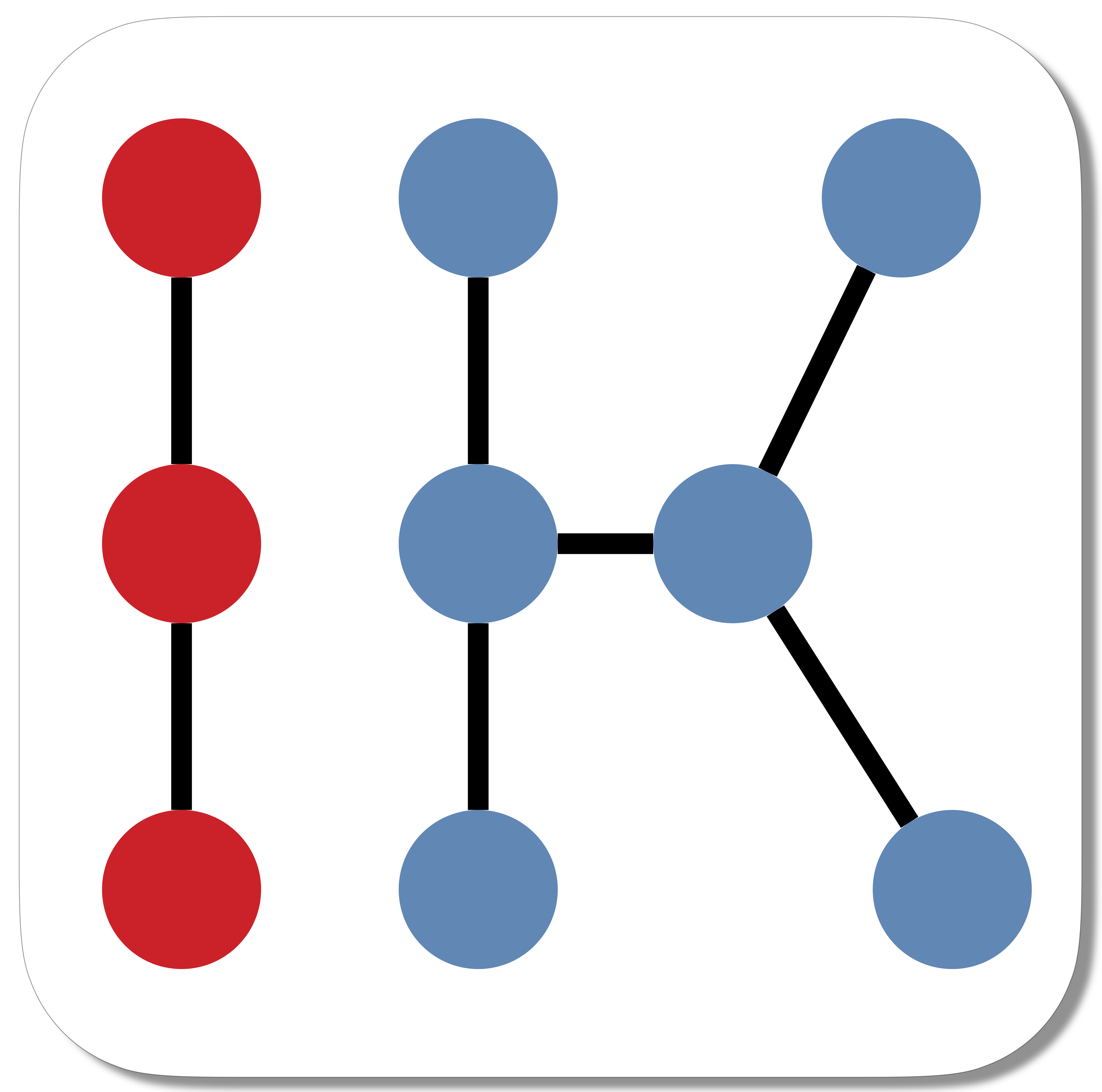A library for solving inverse kinematics by modelling robots as geometric graphs and using ideas from distance geometry.
GraphIK is implemented in Python 3. See setup.py for a full list of dependencies.
Use of GraphIK can be summarized into 4 key steps which we'll walk through below (see the scripts in experiments/ for more details).
In this example, we'll parse a URDF file describing a Schunk LWA4P manipulator.
from graphik.utils.roboturdf import load_schunk_lwa4d
robot, graph = load_schunk_lwa4d()
GraphIK's interface between robot models and IK solvers is the abstract ProblemGraph class. For the LWA4P, we'll use ProblemGraphRevolute, a subclass of ProblemGraph that can represent 3D robots with revolute joints.
If you are considering an environment with spherical obstacles, you can include constraints that prevent collisions with them. In this example, we will use a set of spheres that approximate a table:
from graphik.utils.utils import table_environment
obstacles = table_environment()
# This loop is not needed if you are not using obstacle avoidance constraints
for idx, obs in enumerate(obstacles):
graph.add_spherical_obstacle(f"o{idx}", obs[0], obs[1])
Interfaces to our solvers require a goal pose defined by the lieroups library. For this simple example, using the robot's forward kinematics is the fastest way to get a sample goal pose:
q_goal = robot.random_configuration()
T_goal = robot.pose(q_goal, f"p{robot.n}")
The main purpose of our graphical interpretation of robot kinematics is the development of distance geometric IK solvers. One example is the Riemannian optimization-based solver implemented in RiemannianSolver.
from graphik.solvers.riemannian_solver import solve_with_riemannian
q_sol, solution_points = solve_with_riemannian(graph, T_goal) # Returns None if infeasible or didn't solve
For a similar example using CIDGIK, a convex optimization-based approach, please see experiments/cidgik_example.py.
If you use any of this code in your research, kindly cite any relevant publications listed here.
arXiv: Inverse Kinematics as Low-Rank Euclidean Distance Matrix Completion
arXiv: Riemannian Optimization for Distance-Geometric Inverse Kinematics
@misc{marić2021riemannian,
title={Riemannian Optimization for Distance-Geometric Inverse Kinematics},
author={Filip Marić and Matthew Giamou and Adam W. Hall and Soroush Khoubyarian and Ivan Petrović and Jonathan Kelly},
year={2021},
eprint={2108.13720},
archivePrefix={arXiv},
primaryClass={cs.RO}
}arXiv: Convex Iteration for Distance-Geometric Inverse Kinematics
@misc{giamou2022convex,
title={Convex Iteration for Distance-Geometric Inverse Kinematics},
author={Matthew Giamou and Filip Marić and David M. Rosen and Valentin Peretroukhin and Nicholas Roy and Ivan Petrović and Jonathan Kelly},
year={2022},
eprint={2109.03374},
archivePrefix={arXiv},
primaryClass={cs.RO}
}arXiv: Inverse Kinematics for Serial Kinematic Chains via Sum of Squares Optimization
MATLAB Code: https://github.com/utiasSTARS/sos-ik
@inproceedings{maric2020inverse,
title={Inverse Kinematics for Serial Kinematic Chains via Sum of Squares Optimization},
author={Mari{\'c}, Filip and Giamou, Matthew and Khoubyarian, Soroush and Petrovi{\'c}, Ivan and Kelly, Jonathan},
booktitle={2020 IEEE International Conference on Robotics and Automation (ICRA)},
pages={7101--7107},
year={2020},
organization={IEEE}
}